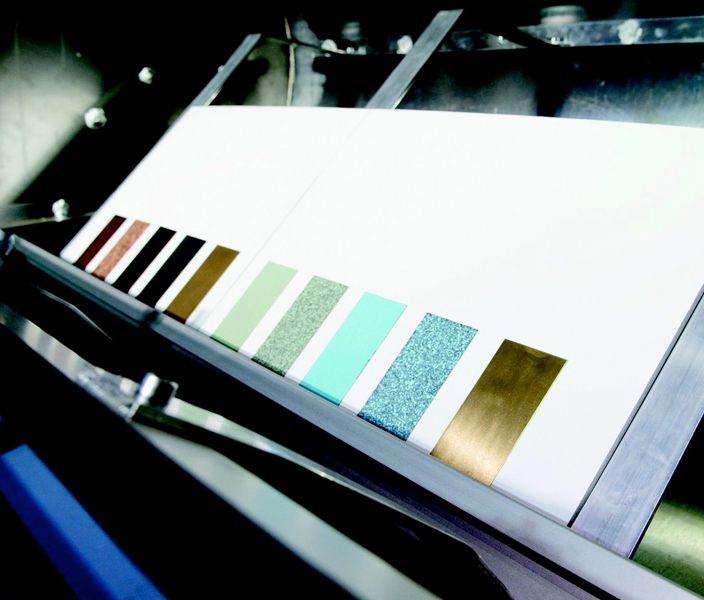Comparative Analysis
The testing outcome is obtained by comparing the changes observed in the testing sample to a suitable reference sample. The comparison material or sample could be, for example, a prevision version of the product, some competing material or production method or a standardized Blue Wool reference. Comparisons can also be made between different operation environments when the market area changes.
A typicall example of comparative testing would be comparison between colouring and stabilizing agents used in plastics and coatings, as well as optimization of the amount of UV stabilization agent to reach sufficient UV resistance. Usefulness of optimization becomes apparent both in the quality of the product as well as in production costs.
Accelerated exposures to UV radiation are commonly used in comparative testing as an alternative to solar radiation (uv+vis+ir). Also other stress factors can be used in the testing, starting from various chemicals and salt mist to cyclic heat and humidity.
Changes occuring in products and materials are measured during exposures. The most common measurements are colour and gloss measurements as well as tensile strength, elongation and resistance to impact.


